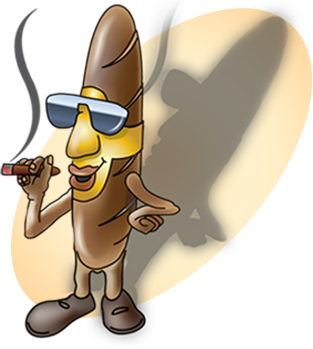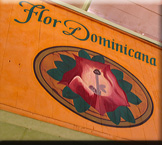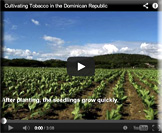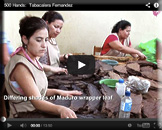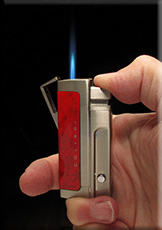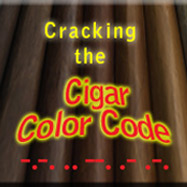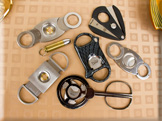 Note: This was written when Robustojoe.com was first launched on February 1, 2010. Circumstances have since changed but, for historical reasons, the article is being presented with its original content.
Note: This was written when Robustojoe.com was first launched on February 1, 2010. Circumstances have since changed but, for historical reasons, the article is being presented with its original content.
Okay, first things first…I am not an expert. I have never been to Cuba, or for that matter any other tobacco-growing region, and have never personally laid eyes on a tobacco plant. I have, however, been around tobacco smoke my whole life. With a chain smoking, Pall Mall loving mother, and a neighbor who smoked cigars in the New York City apartment next door (who lived to the ripe old age of one hundred and one), I feel a certain connection to people who have a love for smoldering cured vegetable matter. I love all things smoked, from Memphis pork ribs, to Pimenton del La Vera (smoked paprika), heck, I even love the smell of smoldering leaves. That being said, the love of things smoked doesn’t qualify me as someone with exceptional skills at discerning quality more than anyone else. But one thing I am is curious, very curious. I just can’t leave anything alone once it has piqued my interest.
My quest for cigar knowledge began with my first two cigars. One was very good (a Cuban I was told), and the other very bad (also supposedly a Cuban). This led me to wonder what makes one cigar better than another. As a layperson, I always believed a Cuban cigar was the best, so then how could I have smoked a “bad Cuban”? It didn’t take long to find an abundance of Internet articles about counterfeit Cuban cigars and this really spurred my curiosity. With Cuban cigars as a starting point I was led through the world of growing, blending, rolling, and selling not only Cuban cigars and tobacco, but cigars from all over the world. Reading all this material was exhilarating, intimidating, and endlessly fascinating. I was determined to find out what made a cigar great.
It was only until I smoked my first great cigar that I was able to begin to find some answers. I had been reading about Tatuaje cigars and how Pete Johnson and Don Pepin Garcia had set out to recreate a Non-Cuban (NC) cigar that captured the best elements of a great Cuban cigar (CC). I jumped at the chance to smoke a cigar that was, by all consensus, considered to be truly great. Living in Los Angeles gave me access to many high-end cigar retailers and a local cigar store full of Tatuaje vitolas. I bought three Cojonu 2003 cigars and, as I had read, let them sit a few days in my 70/70 humidor (I was doing everything by the virtual book). When the much-anticipated time came, I sat back, lit the cigar, and had an experience that was nothing short of an epiphany…now THIS is what a good cigar is supposed to taste like! The aroma and flavor was divine. The first flavor that hit me was pepper and I remember stating out loud how spicy it was. Then the complexity came through like a symphony of flavors that were almost visible. It was at that moment that I was determined to smoke every good cigar that I could get my hands on. But the question still remained, what makes one cigar better than another? Not content to rely on the opinions of others, I have since been on a quest for my own answers by gaining knowledge first hand. This was the birth of the Empirical Cigar smoker.
Arthur – February, 2010

